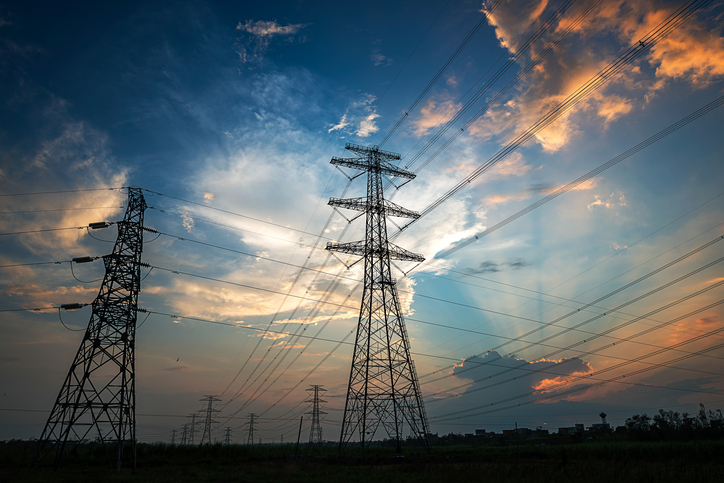Reductions in network operators’ budgets could result in electricity grids becoming the “weak link” in the power sector transformation.
In many countries there is currently a disparity between the revenues available to grid operators and the spending needed to create the smart, digital and flexible networks that will enable a net zero system, the International Energy Agency (IEA) has said in its latest iteration of its World Energy Outlook.
There will be a significant need for new transmission and distribution lines over the next ten years, with 80% more expansion needed compared to that seen over the previous decade in the IEA’s Stated Policies Scenario (STEPS), in which COVID-19 is gradually brought under control in 2021.
Three other pathways were also outlined in the document, although the net zero pathway is an extension of the Sustainable Development Scenario (SDS), with the IEA presenting suggestions for what the energy sector may look like as it moves to net zero, with a particular focus on the next decade.
In its faster energy transition scenarios, the importance of electricity networks “rises even faster” than STEPS, despite many utilities financial health decreasing during the pandemic, in particular in developing countries.
Even in the likes of the US, there was a drop in system operator revenue of -3% in H1 2020 compared to H1 2019, China saw a drop of -4% and Germany a drop of -5%.
There is therefore a risk of inadequate investment under current regulatory structures, the IEA said.
In the UK, Ofgem unveiled a £25 billion investment programme in July to upgrade Great Britain’s energy networks over the next five years as part of its RIIO-2 Draft Determinations Overview. However, it also announced plans to halve network companies’ allowed rate of return, dropping it to 3.95%, the lowest rate ever.
These plans were labelled as “deeply concerning” by SSEN Transmission, with the Energy Networks Association stating it was “concerned that they do not go far enough” to encourage investment.
SSEN later released its formal response, in which it highlighted £172 million of cuts it identified as calculation and methodological errors made by Ofgem.
However, whilst the IEA was clear about its concerns for the networks, it also highlighted how renewables grow “rapidly” in all of it scenarios, with solar the “new king” of electricity. Annual additions of the technology are set to almost triple by 2030 from today’s levels, setting new records for deployment each year after 2022. This is in part due to the significant cost reductions over the past decade.
Overall hydropower is predicted by the IEA to remain the largest renewable source of electricity, with renewables to meet 80% of the growth in global electricity demand to 2030.
Storage is also to play an “increasingly vital role” in ensuring the flexible operation of power systems, the IEA said, with India becoming the largest market for utility-scale battery storage.
Jess Ralston, analyst at the Energy and Climate Intelligence Unit (ECIU) said that this is “yet another clear signal that the energy transition is already underway.”
“Tying rock-bottom renewable energy costs with the political will to ‘build back better’ provides an unbeatable opportunity for the world to cut down on currently-projected levels of dangerous global warming”.
However, in order to meet net zero by 2050 across the globe, “dramatic additional actions” are needed over the next ten years, the IEA said. A 40% reduction in emissions by 2030 would require low emission sources to provide almost 75% of global electricity generation in 2030, up from less than 40% in 2019.
Dr Fatih Birol, IEA executive director, said: “Despite a record drop in global emissions this year, the world is far from doing enough to put them into decisive decline. The economic downturn has temporarily suppressed emissions, but low economic growth is not a low-emissions strategy – it is a strategy that would only serve to further impoverish the world’s most vulnerable populations.
“Governments have the capacity and the responsibility to take decisive actions to accelerate clean energy transitions and put the world on a path to reaching our climate goals, including net-zero emissions.”






